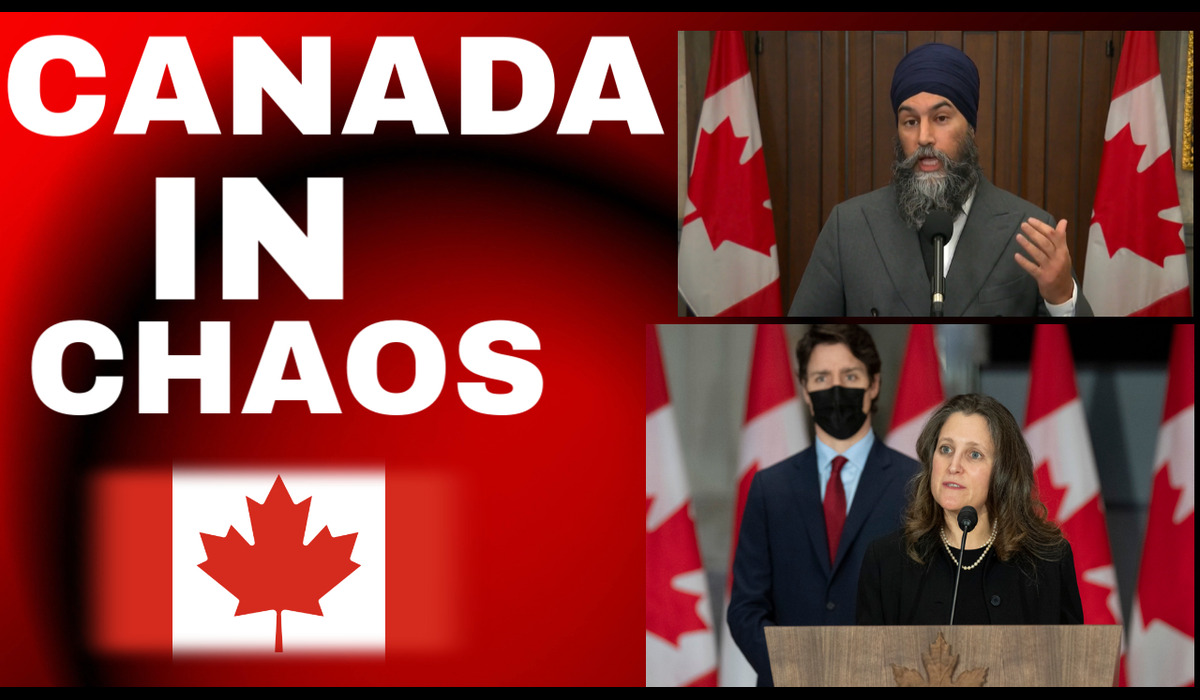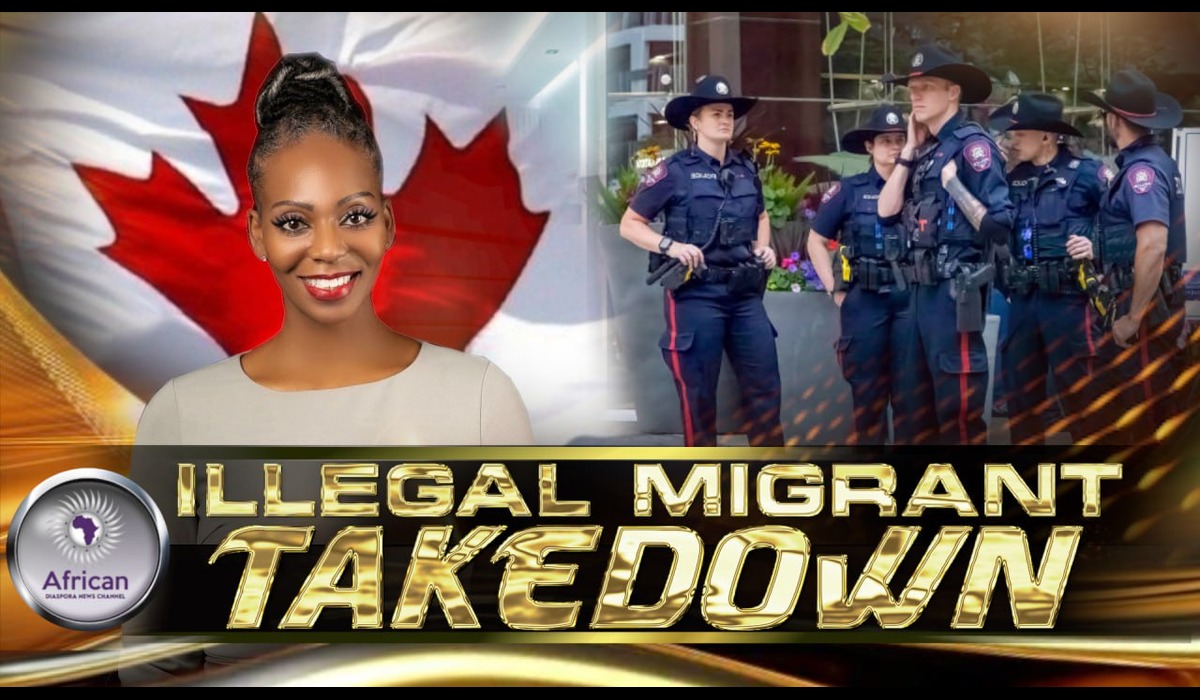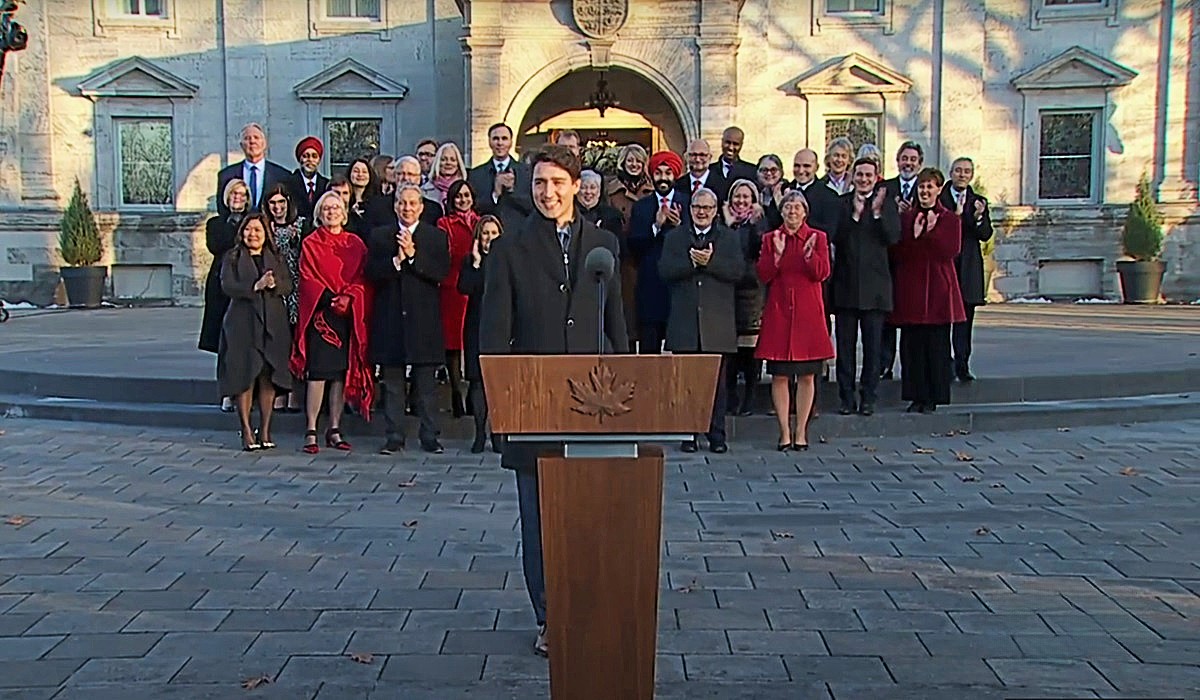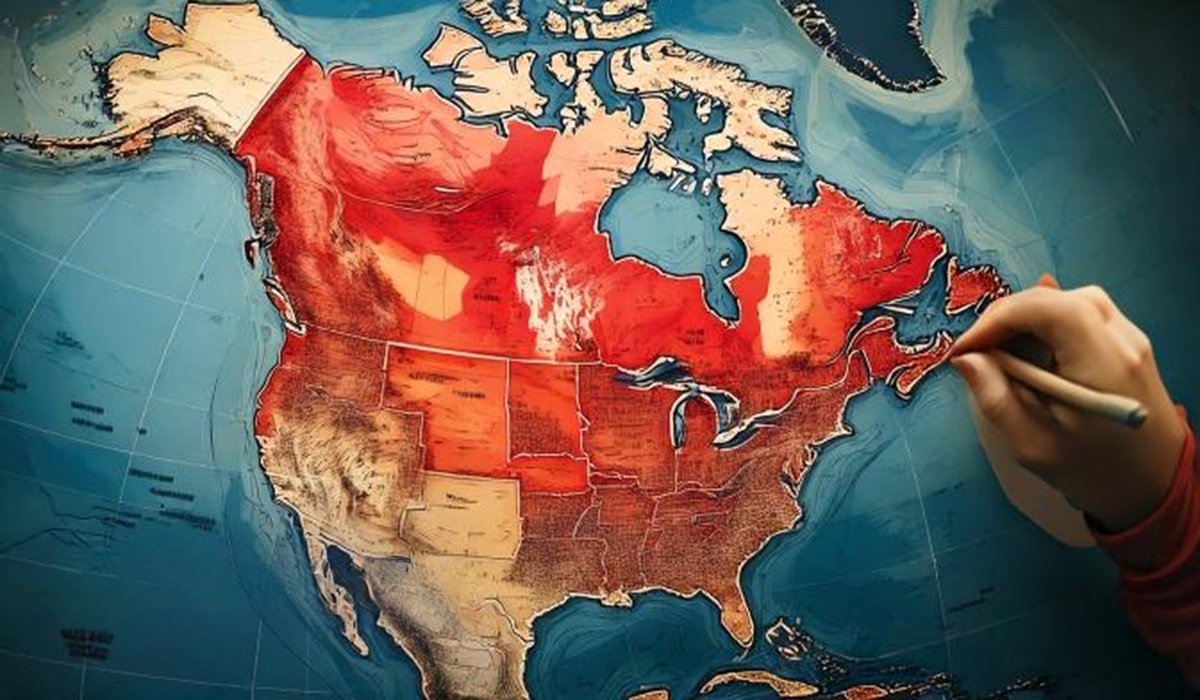Dissecting the Headlines: When Media Turns Party Turmoil into a False Government Crisis
- TDS News
- Canada
- December 21, 2024
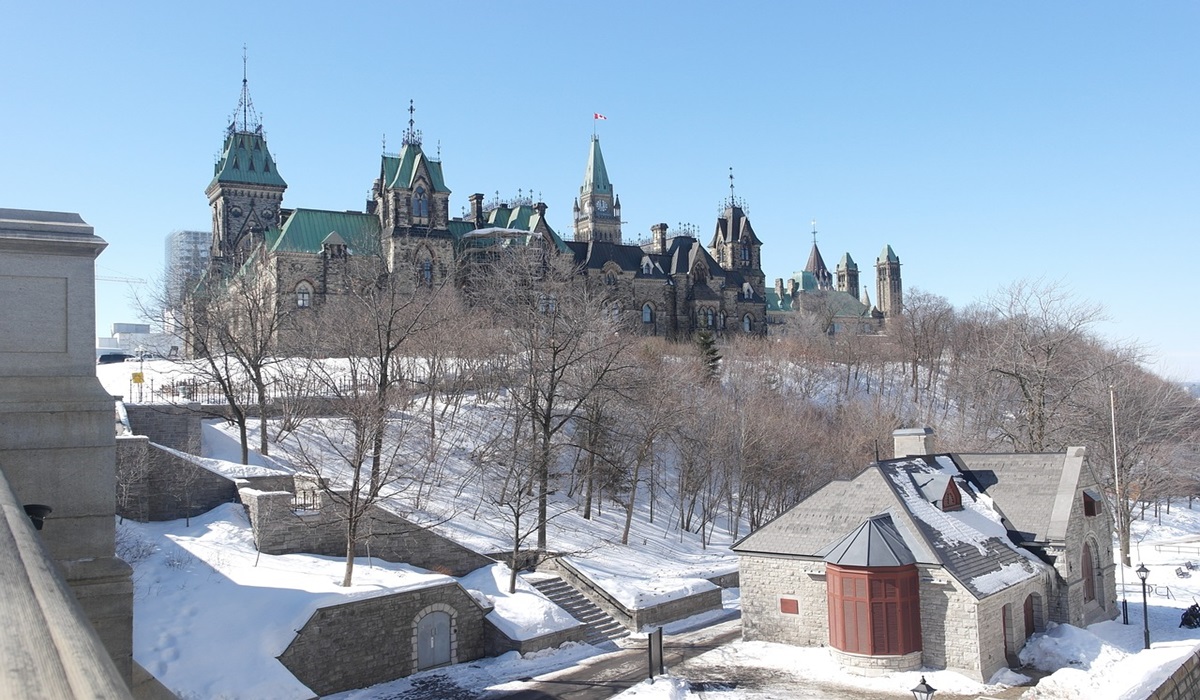
Image Credit, Kassiopela
On Friday, Canadians watched as Prime Minister Justin Trudeau reshuffled his cabinet, a move that sparked predictable waves of commentary from all corners of the political spectrum. The Conservative Party wasted no time declaring the Liberal government in full crisis, while NDP leader Jagmeet Singh highlighted weaknesses but maintained his precarious alliance with the Liberals. Meanwhile, Trudeau’s supporters insisted the ship is steady, even if it has taken on some water.
The truth lies somewhere in the muddled middle. Trudeau has always been an unpopular figure among conservatives, and that fact will not change. His government has lost key allies, and his approval among Canadians has waned, but his base of support persists. Is the Liberal Party in a crisis? If you listen to media outlets, Conservative leader Pierre Poilievre, or Singh, the answer is a resounding yes. However, those who remain loyal to Trudeau and the newly appointed cabinet ministers present a different narrative—one of resilience and faith in leadership.
A fundamental distinction often overlooked in this discourse is the difference between a party in turmoil and a government in crisis. The latter implies dysfunction at an operational level, while the former reflects internal party dynamics and electoral strategy. The Liberal Party undoubtedly faces significant introspection as it prepares for the next election, but that is not the same as governance failure.
Singh’s role in propping up the Liberals has been a point of contention. His party could have triggered an election this year but chose not to, securing wins such as expanded dental care and labor protections. With Singh nearing eligibility for a full parliamentary pension in a few months, it is unlikely he will jeopardize that by pulling the plug on the agreement prematurely.
As for the NDP, despite their policy achievements, the odds of them forming government remain slim. Financial constraints and electoral realities in key provinces limit their prospects. The Prairies remain largely out of reach, and Quebec remains a battleground where the NDP has struggled to make inroads. The question remains whether the party can field a full slate of candidates and mount a credible campaign.
The Conservatives, under Poilievre, continue to push for an early election. His relentless pursuit of power, framed as a crusade for change, raises concerns about his approach. The desire to seize leadership at all costs can be perceived as more self-serving than altruistic, an image that may alienate moderate voters.
Calls for emergency parliamentary sessions over the holiday season highlight this dynamic. While such moves generate headlines, they do little to advance substantive policy debates. Theatrics may energize party loyalists, but they rarely translate into meaningful outcomes for Canadians.
The adage that the best leaders are those who do not covet the position rings particularly true. Those who seem too eager often risk prioritizing ambition over the national interest. This is not to suggest that Trudeau’s record is beyond reproach. His handling of the Middle East crisis and the retention of Foreign Affairs Minister Mélanie Joly were contentious decisions. Yet, the question remains whether he should be allowed to finish his mandate and let voters decide his fate at the scheduled election.
If dissent within the Liberal Party were as widespread as portrayed, resignations and cabinet defections would reflect that reality. To date, such fractures have not materialized on a scale indicative of collapse.
Ultimately, the narrative of a government in crisis serves media interests more than public understanding. Sensationalism sells, and the distinction between party struggles and governance lapses often gets blurred. Canadians deserve clarity, not half-truths, as they navigate the political landscape. The same public funds that sustain major media outlets inadvertently fuel the narratives that undercut the government. It is an ironic reality, but one that underscores the complexities of power and the enduring dance between media, opposition, and the sitting government.

